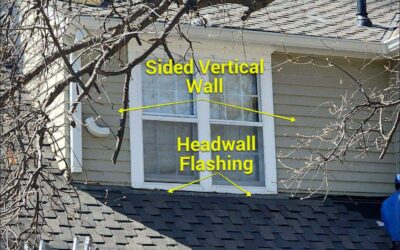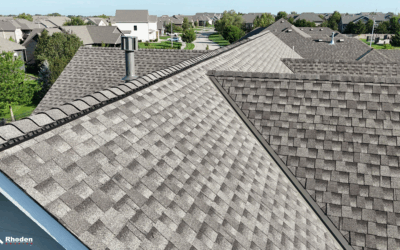What Is a Flute-fill Retrofit?
A flute fill retrofit is a roofing system designed to cover an existing metal roof that is approaching the end of its life or is having problems. For a building owner or property manager of a low-slope commercial metal roof who has started to notice roof leaks, ceiling stains, interior wall stains, or other signs of water intrusion, they have to balance both the actual cost of a roof replacement with the (often larger) opportunity cost of downtime for their business. Rather than total replacement, which on many metal-roof buildings can expose insulation or interior spaces, a flute fill retrofit could be a good option by getting the functionality of a new roof with somewhat less cost, and less disruption to building operations.
A flute fill retrofit is a solution that uses the existing metal roof and turns it into the decking (see anatomy of a flat roof, what is decking) of a new roofing system. This new system will include at least two layers of insulating material (typically EPS foam and a layer of cover board) and then a waterproofing membrane, usually as TPO or PVC, all of which will be laid over your existing metal roof. The use of a membrane roofing system over cover-board merits a different question about the final surface material, for which you can explore the related links at the bottom of this article more details within our Commercial Materials Series.
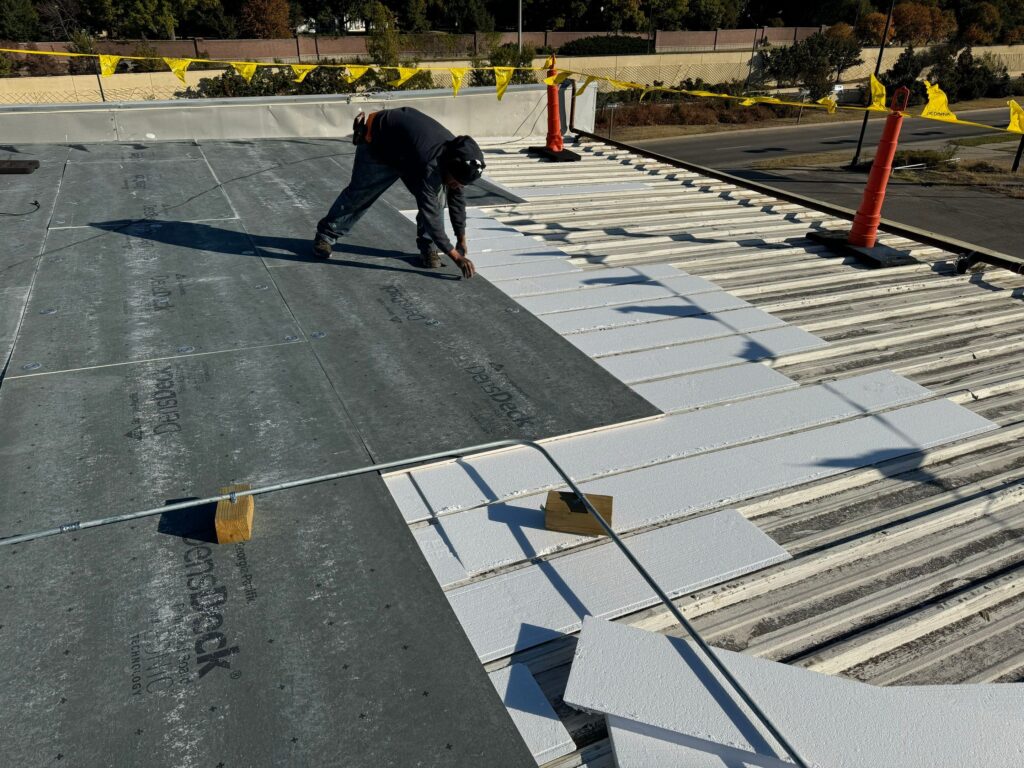
Process of Flute Fill & Cover Board During a Retrofit – Rhoden Roofing
What Is the Process of Adding a Flute-fill Retrofit to My Metal Roof?
If you have a standing-seam or R-panel metal roof in poor condition, an experienced roofer can assess your property to identify areas that may be critically damaged and or need to be replaced. If the majority of your metal roof is still structurally sound, and only a few sections need to be replaced, the damaged areas can be patched with metal pieces of similar shape (or profile) and thickness to create a solid decking base. Rust is the most common structural reason why a flute-fill retrofit is NOT a viable option, as sealing in deteriorating or corroded metal can exaggerate the problems and lead to further problems down the line.
In order to fill the flutes, and make a flat surface ready for cover-board, custom-sized foam insulation is ordered to match the size, thickness, and shape of the grooves (flutes). Lead times on these custom-manufactured insulation systems vary by manufacturer, and can take as much as 8-10 weeks before work can begin.
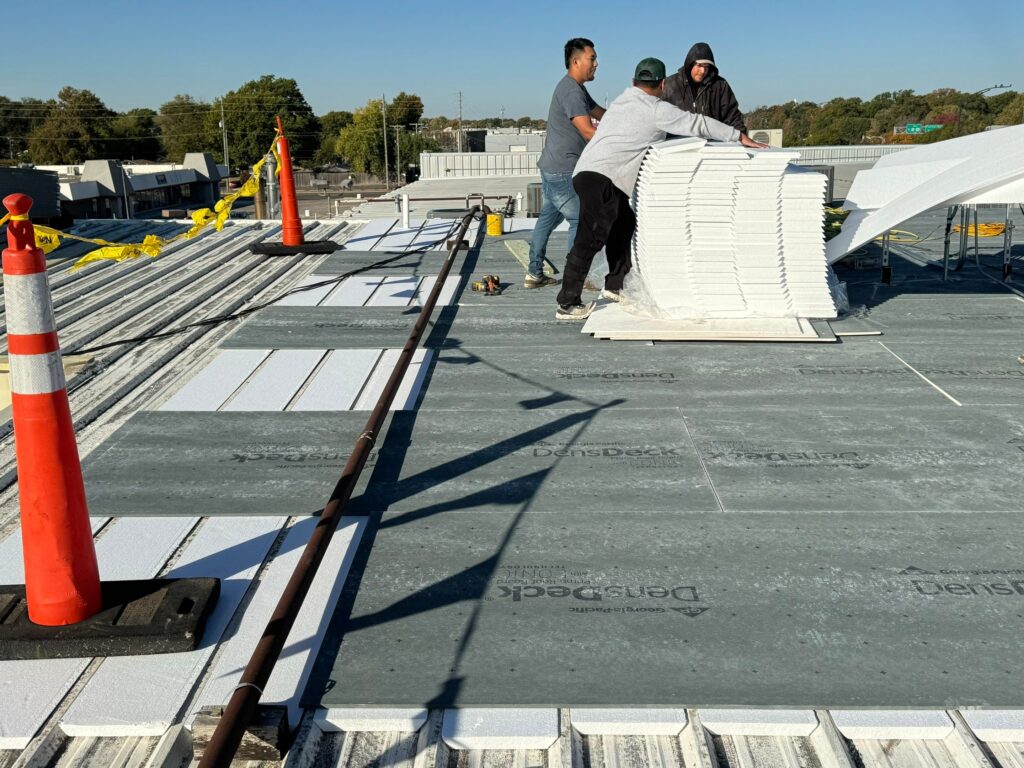 Layers of a flute-fill retrofit visible over commercial metal roofing – Rhoden Roofing
Layers of a flute-fill retrofit visible over commercial metal roofing – Rhoden Roofing
The first layer of your flute fill system will consist of long foam board insulation laid between the ribs or standing seams of the existing roof. Typically EPS (extruded polystyrene), the closed-cell foam both gets the roofing system to a flat state as well as adding insulation to the building. Typically, the EPS used in a flute fill is an upside-down trapezoid to fit the metal profile below.
Next, the foam layer is coated with a layer of cover-board, which acts both to hold down the insulation and create a solid base for the next layer of waterproofing membrane. The cover board is usually mechanically attached (screwed down, as opposed to adhered) using metal plates and screws. The boards are staggered so that seams do not align.
The final, top layer is a single-ply waterproofing membrane such as TPO or PVC. The waterproofing membrane will typically be mechanically-attached as well.
Advantages of a Flute Fill Retrofit with Membrane Layover
Although a flute-fill retrofit is not the right solution in all situations, there are several advantages to this system for a building that meets the criteria above. Most often, the businesses that end up deciding to go with a flute-fill retrofit to so because they have prioritized the following factors:
Minimal Disruptions to Operations:
Because there is no need to take off your entire existing metal roof, buildings with direct exposure to the roof from the interior (such as warehousing, hangars, or unconditioned buildings such as agriculture) see dramatically less interruption to ongoing business operations. For sensitive storage inside, this can also protect goods inside from falling debris or surprise precipitation. For some businesses, the minimization of business operations alone makes flute-fill their primary choice vs a full replacement
Fast and Cost-Effective:
Flute fill can be quick to install, saving time and money in labor costs. Because the whole system is mechanically attached (vs fully-adhered), the new material can go on faster using fastening systems instead of roll-on adhesives.
Insulation and Energy Cost Savings:
The added insulation (and thickness) of flute fill systems add R-value to a roof system. For both heating and cooling costs of a conditioned space, this means money saved. Even for unconditioned space, more regulated temperatures benefit employees, livestock, and storage goods within a space because of added insulation
Materials Savings:
Compared with replacing a metal roof with new metal, the insulation, coverboard, and membrane materials still almost always come out less than the cost of new metal panels. Compared with replacing the roof with new decking and then a membrane roof system, the cost of cover-board and insulation are typically less than the cost of OSB that would be used as a decking system for a new system.
Brand New Warranty:
While a retrofit is not technically a new roof, most manufacturers (and most reputable installers) will still provide a warranty on these retrofit systems because they have been proven to last against the elements. We typically see 20-year manufacturer’s warranty on the materials.

The metal roofing panels in this equine arena act both as ceiling and roof – a factor which contributes to this being a good candidate for a flute-fill retrofit rather than a complete roof replacement. Notably, too, the underside of these panels are still in good shape, and no structural issues with panels or purlins also make this a suitable substrate for a second-layer roof system.
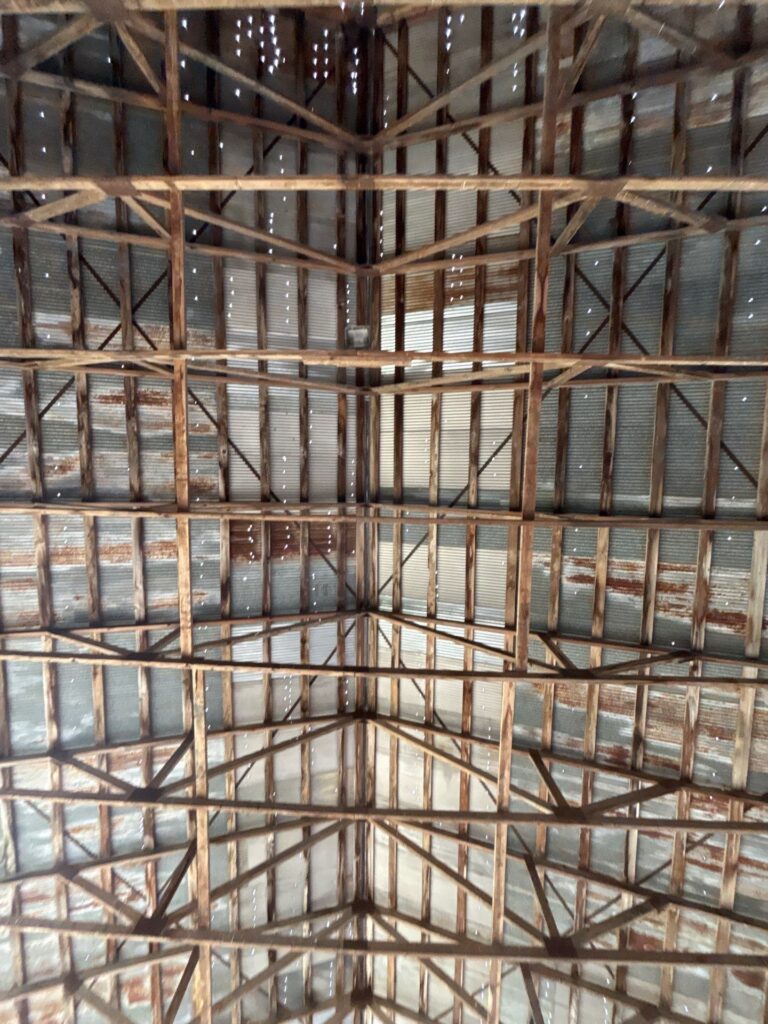
The structural integrity of the existing roof system has deteriorated too far to be an appropriate candidate for adding a retrofit roof system over top. Rust, and other corrosion, can be expected to continue over time, weaking the support system for a roof over top. Daylight visible through the roof is one obvious example of comprehensive corrosion, or deteriorated metal that goes all the way through the material.
Flute Fill May Make Sense If…
- You have an aging metal roof that is at or near the end of its life, but that still retains structural integrity
- You have a low slope or flat metal roof that is not visible from the street
- You have constraints that require the job to be done quickly
- You don’t want to disrupt business operations or have to move equipment and inventory
Flute Fill Might NOT Make Sense If…
- Steep Roofline: You have a steep metal roof (typically a slope of 3/12 or greater, but consult with a quality installer to see about specific product recommendations)
- Street View: Additionally, if you have a steep roof that can be seen from the street, flute fill is typically not the best option. Membrane roofing is known for its performance, not its looks – as it tends to get dirty over time, and when installed in white, is a safety risk due to glare
- Skylights: In particular, integrated fiberglass skylights can cause problems in a flute-fill retrofit because of weight-bearing limitations, cracking, and leaks. Metal-roof buildings with many skylights may not be an appropriate fit for use as decking, and may even pose a fall risk to installation teams or future service work such as hidden structural weak areas relevant to HVAC or other heavy roof equipment. Insurance companies may have the final say on whether a flute-fill retrofit is appropriate for a particular building, as they can decline (or charge dramatically higher rates) coverage.
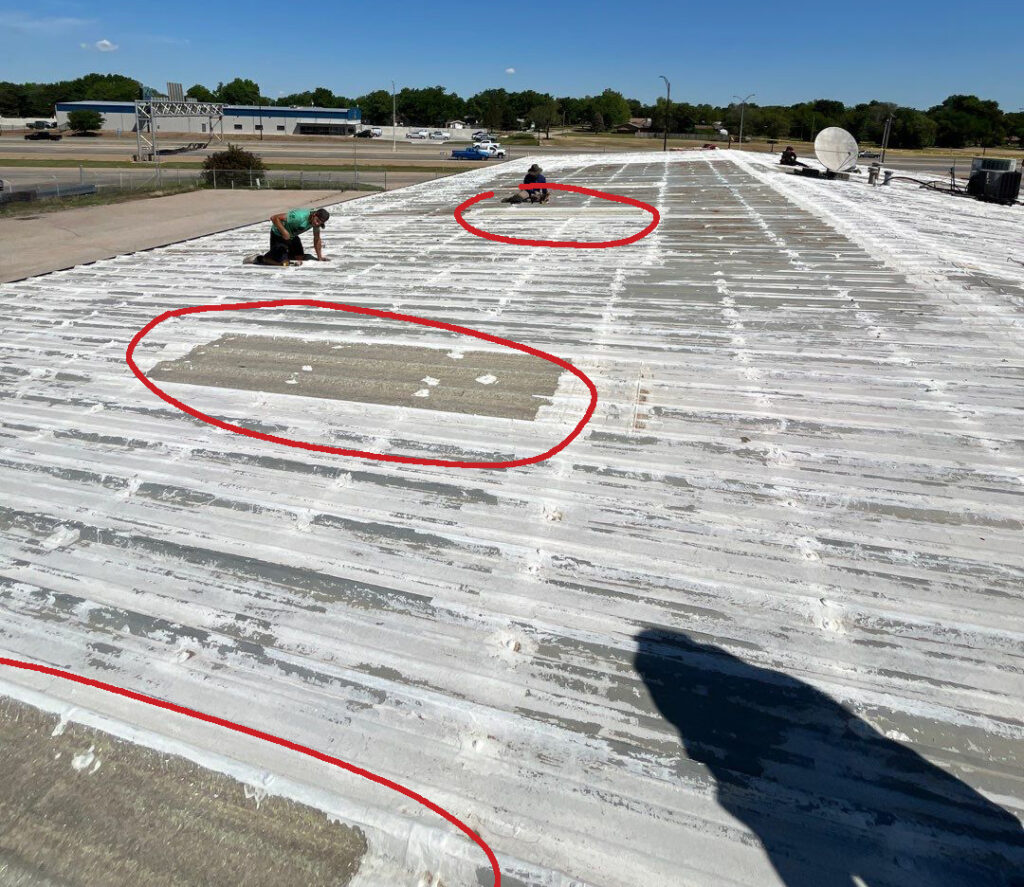
Integrated fiberglass skylights (circled) within a metal roof are not always obvious from above, and can present a serious safety hazard, especially once covered, as in a retrofit layover application.


